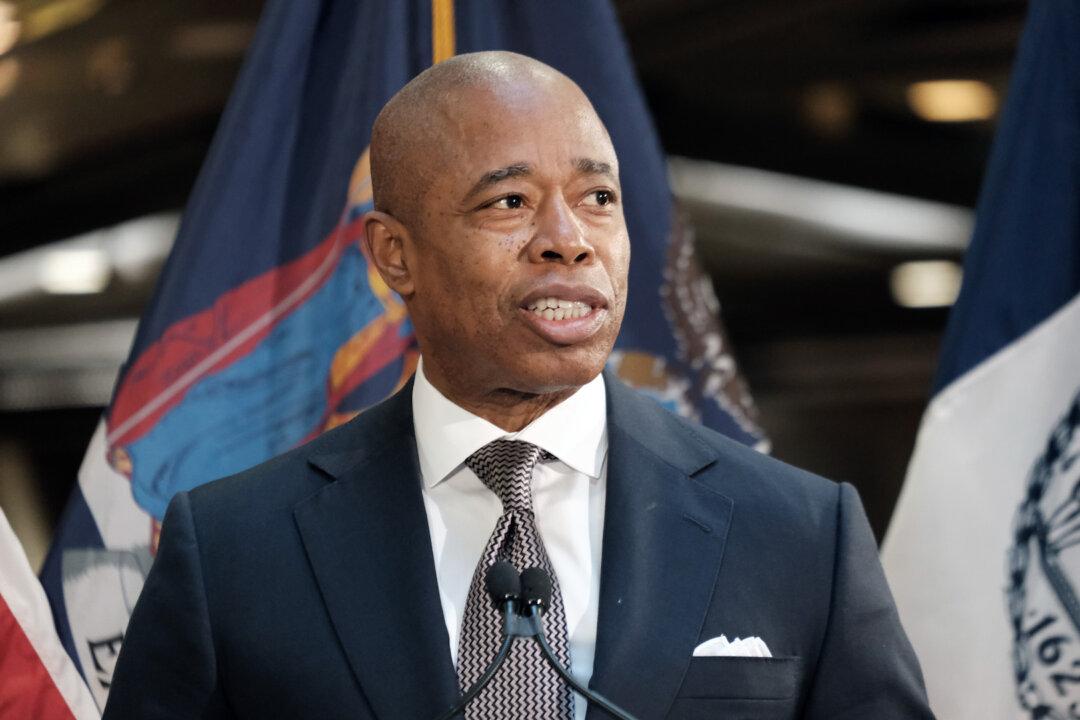New York City Mayor Eric Adams, revealed one of the largest budget proposals in the history of the city.
On a Jan. 13 afternoon address from City Hall, Adams announced his record-high $102.7 billion fiscal 2024 budget proposal that would increase city government spending by nearly 1.6 percent.





